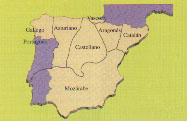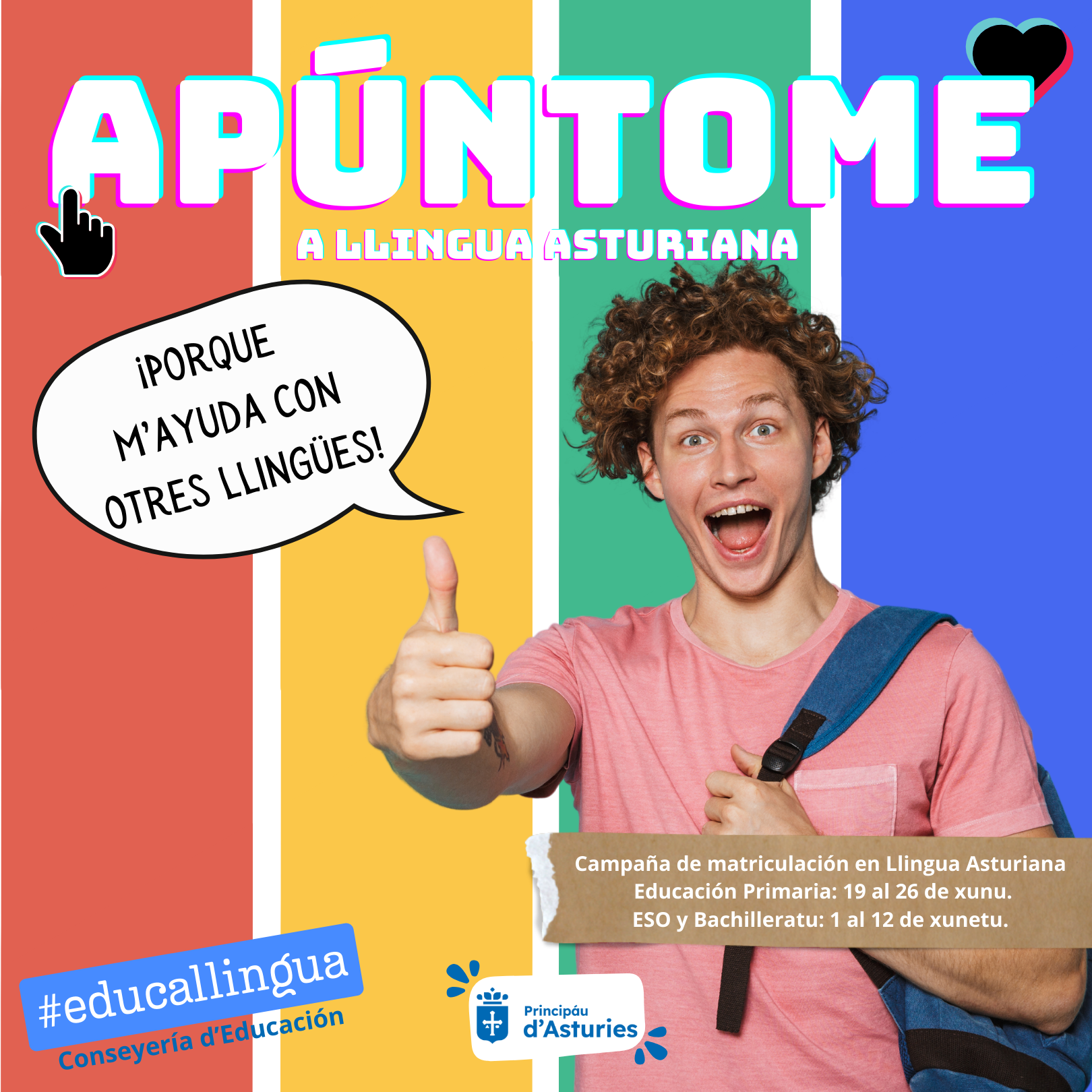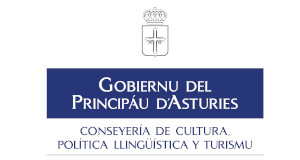The Asturian Language
15 Avientu, 2008 por Asturies.com




Thanks to toponomy, to the written sources of classical
antiquity and to the hnguAtic suNstraturn, we know that in Bronze-Age Asturies
one or various languages were spoken, languages which were certainly related
to present-day euskera, a phenomena which was apparantly common to the whol
of the Cantabrian coast and whose roots were pre-Indoeuropean. However, as
the peninsular was invaded by Indoeuropean peoples these languages were displaced
by others which gave us geographical place names associated with rivers and
lakes, mountains, and humans (and their gods), and which reveal a profound
Celtic influence upon the country: the best example is the name of one of
the principal tribes of Astures, the Luggones, whose root Lug is the god-name
of the most important of the Celtic divinities.
After the Roman conquest, from the year 19 B.P. onwards, the pre-Romanic languages began to disappear, losing their strength to the invaders' language: Latin. This new language was, however, learnt from the perspective of their own linguistic systems, a process which left a pre-romanic sub-stratum both in terms of vocabulary and of articulatory customs, which led to the birth of el asturiatiu, or Asturian, a romance language which was to find its definitive place as the national tongue of the Asturian kingdom (719-910). During this time, however, Latin was the written language of the whole of the peninsular, and writings in romance languages did not begin to appear until the twelfth and thirteenth centuries, at which time Asturies was subjected to a profound social, political, economic and cultural isolation which coincided with the appearance of a new power: Castilian, or Spanish.
The Asturian language, still present in public documents, records of donations, etc from the thirteenth through to the fifteenth centuries, was not to disappear but was rather to be maintained by the popular classes and even by distinguished public figures who were to employ it in their literary works: Anton de Marirreguera (seventeenth century), Xosefa de Xovellanos and Antonio Balviclares (eighteenth century), and in the nineteenth century and the first half of the twentieth a very long list from which we may mention Xuan Maria Acebal, Caveda and Nava, Teodoro Cuesta, Pepin de Pria, Fernim Coronas, etc, etc.
At the start of the nineteen seventies, after the long darkness of dictatorship, there was an authentic explosion of activity in defence of and assertting the right to use the Asturian language, which was accompanied by a real literary boom known as the Resurdimientu, or resurgence. In 1981 the Government Assembly of the Princedom of Asturies created the Academy of the Asturian language, and the Asturian language began once again to look to the future with self-confidence as the task of normalisation began. Since that time, in public demonstrations in the streets and from within institutions, the civil movement has continued to proclaim and campaign for the recognition of a basic right: that of officiality for el asturianu.
After the Roman conquest, from the year 19 B.P. onwards, the pre-Romanic languages began to disappear, losing their strength to the invaders' language: Latin. This new language was, however, learnt from the perspective of their own linguistic systems, a process which left a pre-romanic sub-stratum both in terms of vocabulary and of articulatory customs, which led to the birth of el asturiatiu, or Asturian, a romance language which was to find its definitive place as the national tongue of the Asturian kingdom (719-910). During this time, however, Latin was the written language of the whole of the peninsular, and writings in romance languages did not begin to appear until the twelfth and thirteenth centuries, at which time Asturies was subjected to a profound social, political, economic and cultural isolation which coincided with the appearance of a new power: Castilian, or Spanish.
The Asturian language, still present in public documents, records of donations, etc from the thirteenth through to the fifteenth centuries, was not to disappear but was rather to be maintained by the popular classes and even by distinguished public figures who were to employ it in their literary works: Anton de Marirreguera (seventeenth century), Xosefa de Xovellanos and Antonio Balviclares (eighteenth century), and in the nineteenth century and the first half of the twentieth a very long list from which we may mention Xuan Maria Acebal, Caveda and Nava, Teodoro Cuesta, Pepin de Pria, Fernim Coronas, etc, etc.
At the start of the nineteen seventies, after the long darkness of dictatorship, there was an authentic explosion of activity in defence of and assertting the right to use the Asturian language, which was accompanied by a real literary boom known as the Resurdimientu, or resurgence. In 1981 the Government Assembly of the Princedom of Asturies created the Academy of the Asturian language, and the Asturian language began once again to look to the future with self-confidence as the task of normalisation began. Since that time, in public demonstrations in the streets and from within institutions, the civil movement has continued to proclaim and campaign for the recognition of a basic right: that of officiality for el asturianu.









